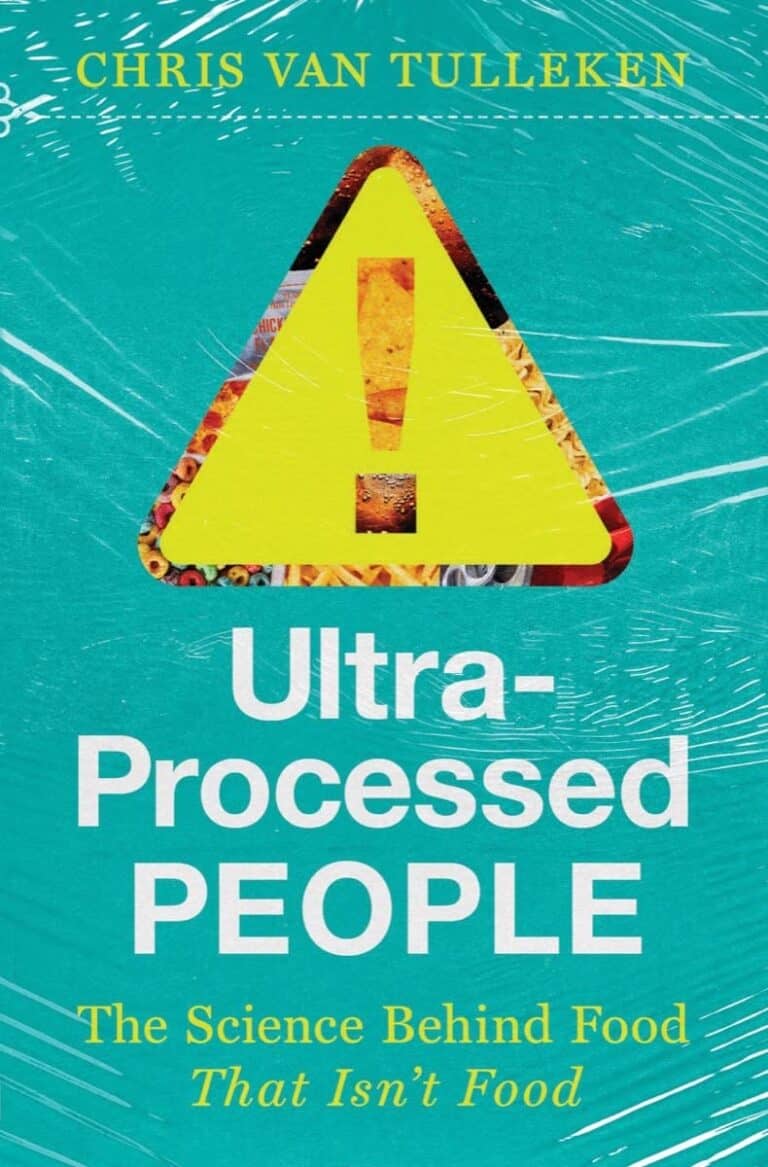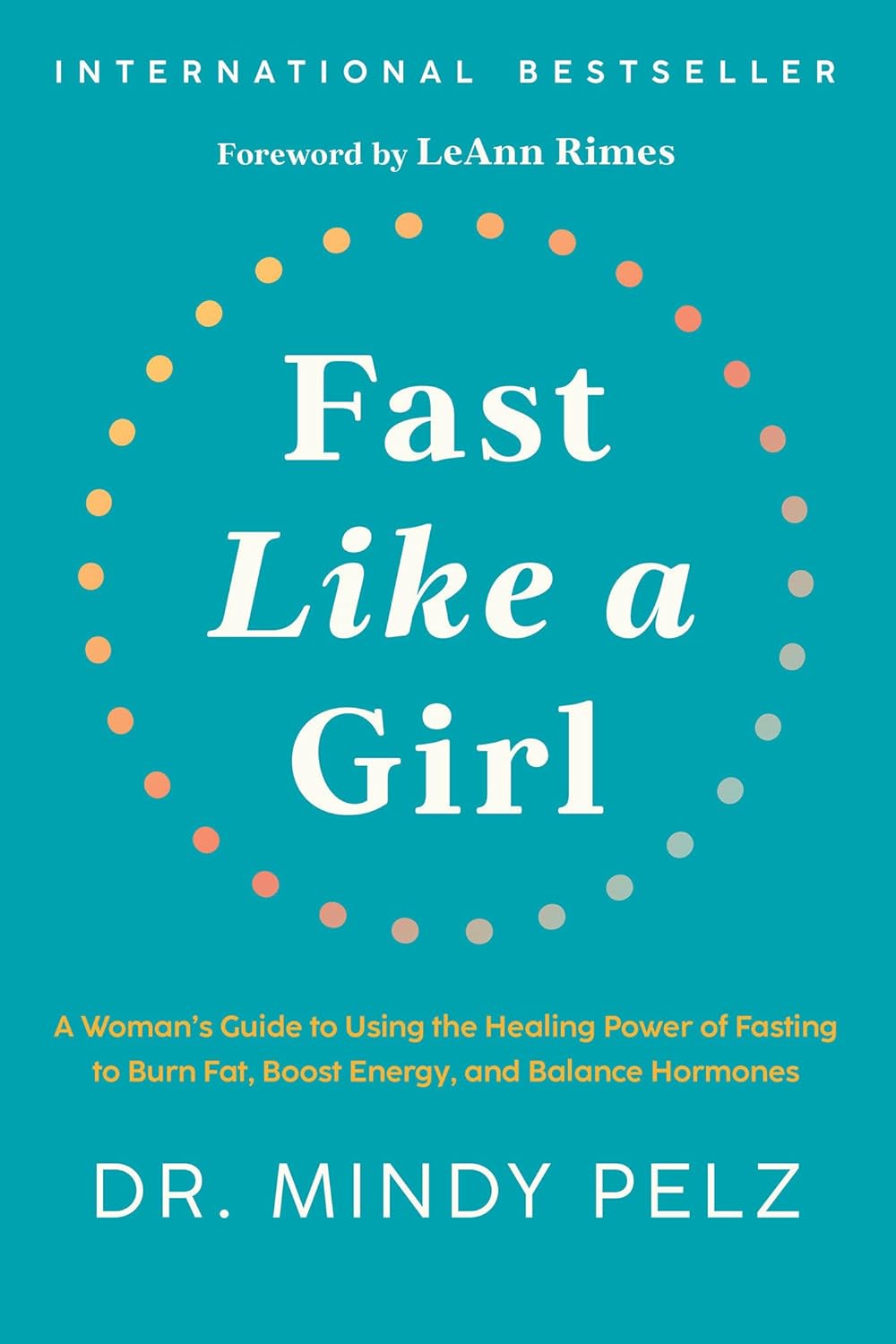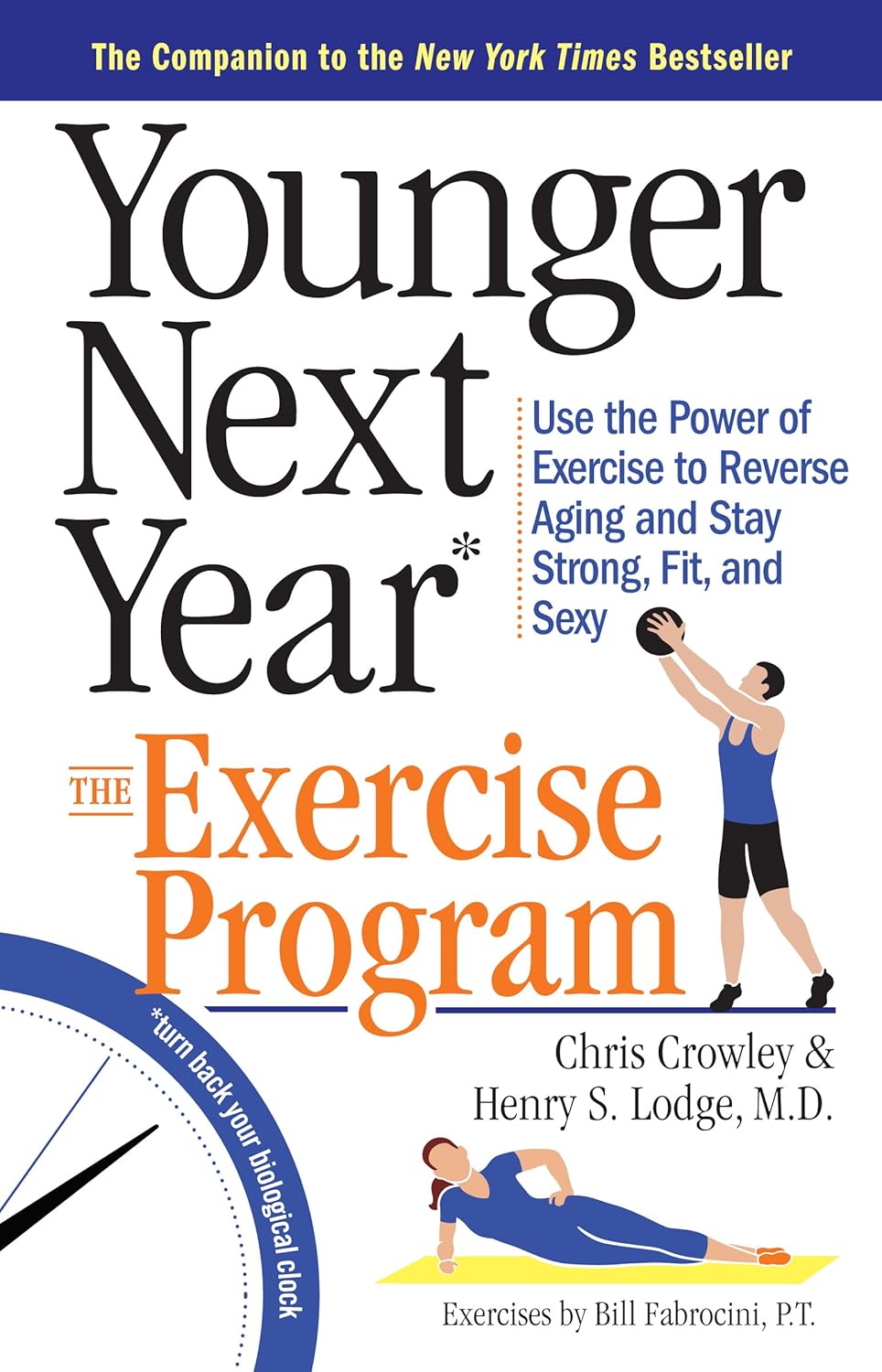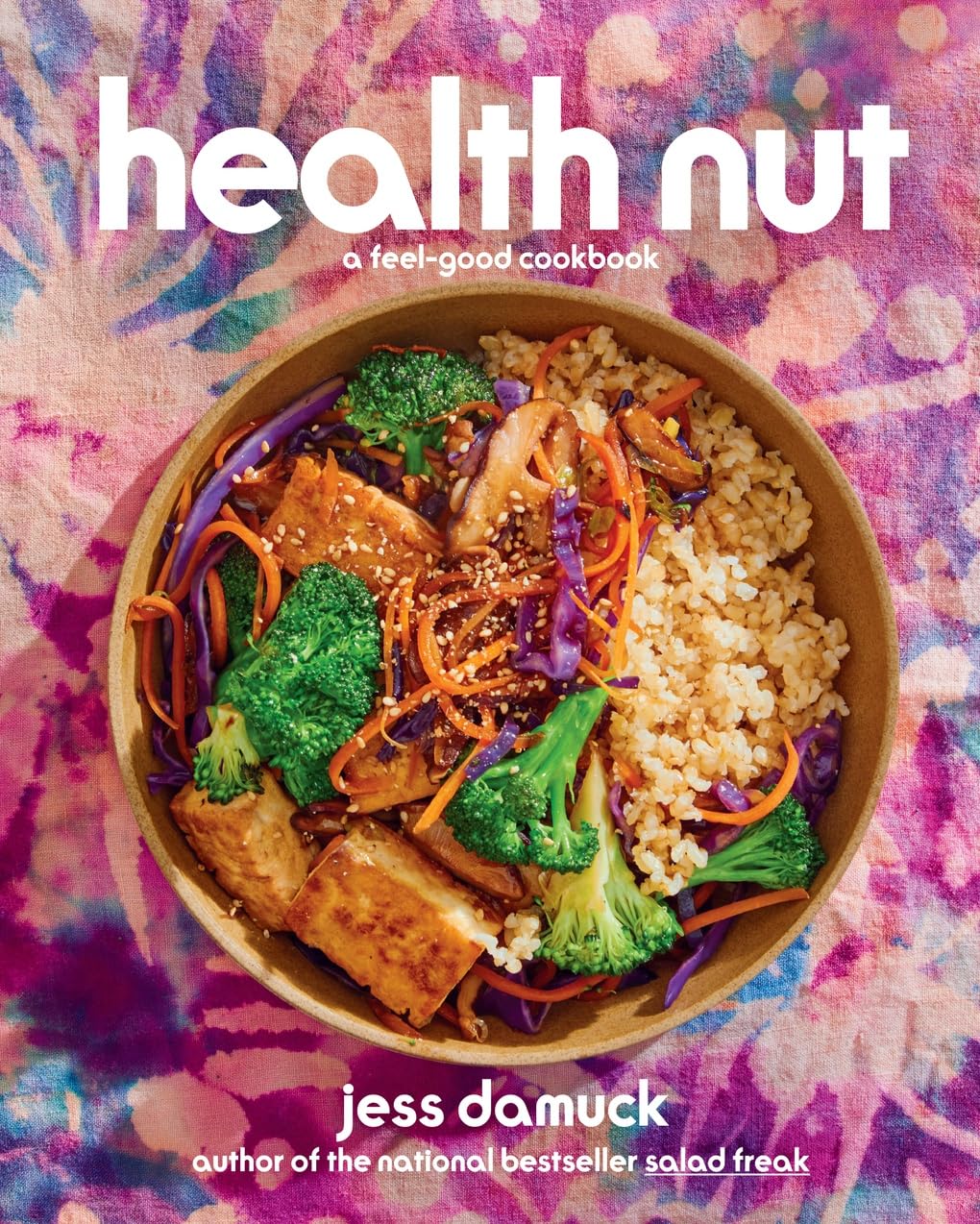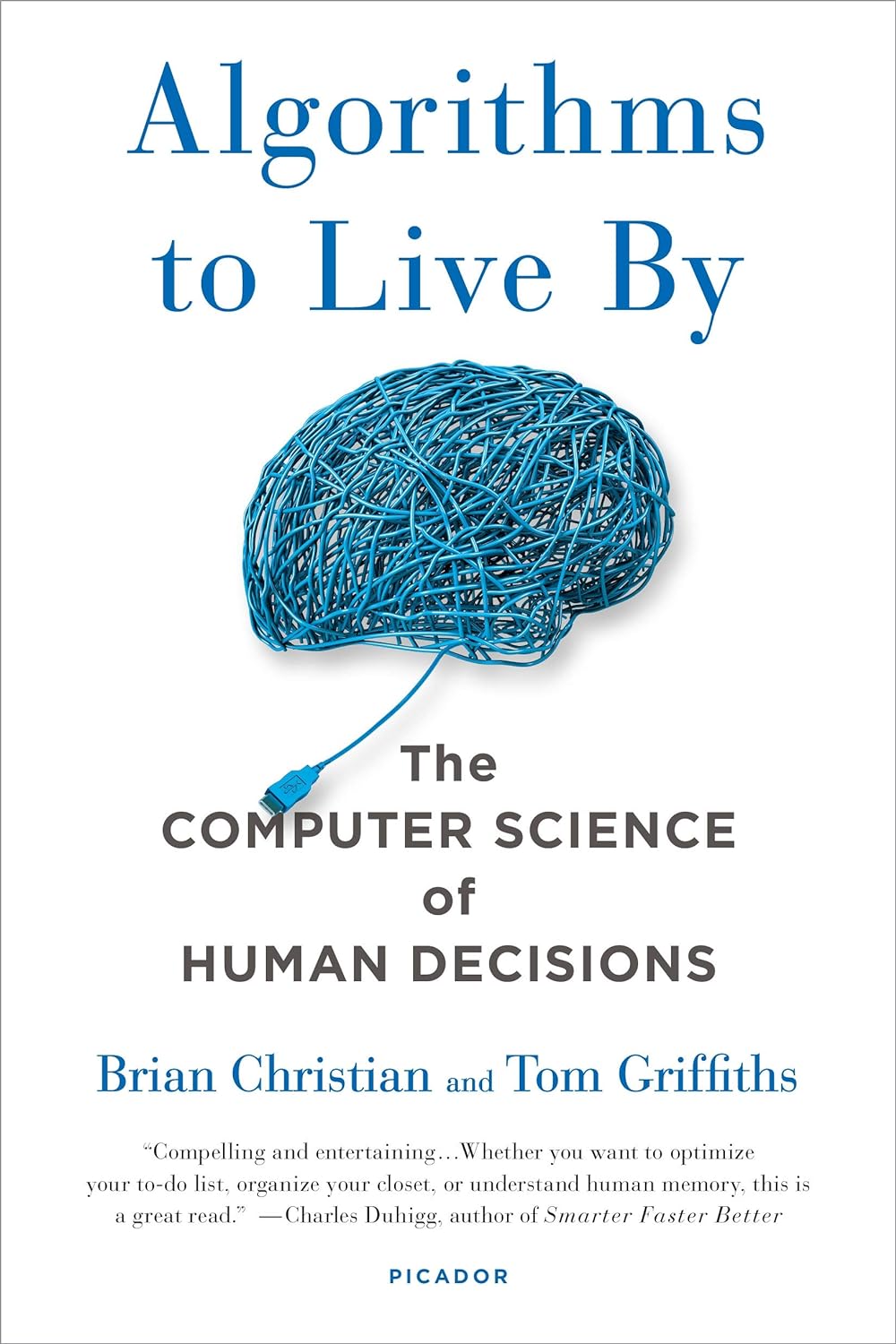
Algorithms to Live By – by Brian Christian and Tom Griffiths
10almonds is reader-supported. We may, at no cost to you, receive a portion of sales if you purchase a product through a link in this article.
As humans, we subconsciously use heuristics a lot to make many complex decisions based on “fuzzy logic”. For example:
Do we buy the cheap shoes that may last us a season, or the much more expensive ones that will last us for years? We’ll—without necessarily giving it much conscious thought—quickly weigh up:
- How much do we like each prospective pair of shoes?
- What else might we need to spend money on now/soon?
- How much money do we have right now?
- How much money do we expect to have in the future?
- Considering our lifestyle, how important is it to have good quality shoes?
How well we perform this rapid calculation may vary wildly, depending on many factors ranging from the quality of the advertising to how long ago we last ate.
And if we make the wrong decision, later we may have buyer’s (or non-buyer’s!) remorse. So, how can we do better?
Authors Brain Christian and Tom Griffiths have a manual for us!
This book covers many “kinds” of decision we often have to make in life, and how to optimize those decisions with the power of mathematics and computer science.
The problems (and solutions) run the gamut of…
- Optimal stopping (when to say “alright, that’s good enough”)
- Overcoming cognitive biases
- Scheduling quandaries
- Bayes’ Theorem
- Game Theory
- And when it’s more efficient to just leave things to chance!
…and many more (12 main areas of decision-making are covered).
For all it draws heavily from mathematics and computer science, the writing style is very easy-reading. It’s a “curl up in the armchair and read for pleasure” book, no matter how weighty and practical its content.
Bottom line: if you improve your ability to make the right decisions even marginally, this book will have been worth your while in the long run!
Order your copy of “Algorithms To Live By” from Amazon today!
Don’t Forget…
Did you arrive here from our newsletter? Don’t forget to return to the email to continue learning!
Recommended
Learn to Age Gracefully
Join the 98k+ American women taking control of their health & aging with our 100% free (and fun!) daily emails:
-
Fast Like A Girl – by Dr. Mindy Pelz
10almonds is reader-supported. We may, at no cost to you, receive a portion of sales if you purchase a product through a link in this article.
A lot of information out there when it comes to intermittent fasting is very much centered on men in the 25–35 years age range. What about the rest of us?
Our physiological needs are not the same, and it’d be foolhardy to ignore that. But what things do still stand the same, and what things would benefit from a different approach in our cases?
Dr. Pelz has our back with this book packed with information based on the best science currently out there. She gives a general overview of fasting with full consideration to the fact that we the reader may well be female or over a certain age or both. In addition, the book offers:
- Metabolic switching (the “missing key to weight loss”)
- Building a fasting lifestyle (that works with your actual life, not just on paper)
- How to time fasting according to your menstrual cycle (if you don’t have a cycle, she has you covered too)
- How to break a fast—properly (and many other hacks/tips/tricks to make fasting so much easier)
Bottom line: if you want to do intermittent fasting and want to work with rather than against your body, then this book is a fine option.
Share This Post
-
How Processed Is The Food You Buy, Really?
10almonds is reader-supported. We may, at no cost to you, receive a portion of sales if you purchase a product through a link in this article.
Ultraprocessed foods are a) ubiquitous in industrialized nations b) generally not fabulous for the health. See for example:
- Eat To Beat Cancer ← skipping the ultraprocessed foods is one main point
- What To Leave Off Your Table (To Stay Off This Surgeon’s) ← have a guess
Abstaining from ultraprocessed food can also be difficult psychologically, because they are generally engineered specifically to trigger certain physiological responses, often with their combination of sweet and/or salty flavors with simple carbohydrates that will zip straight into one’s veins and feel immediately rewarding, even if there is a health price to pay later.
And worse, being habituated to ultraprocessed food can make unprocessed or minimally-processed food seem less appealing:
What causes food cravings? And what can we do about them?
Fortunately, we can reverse this, and once we get habituated to unprocessed or minimally-processed food, the ultraprocessed will start to seem like not-food to us. You will wonder: how did I ever eat that crap?
Now, one other thing to bear in mind:
There is a scale of “badness”
You might recall this article:
Not all ultra-processed foods are bad for your health, whatever you might have heard
For example, Reese’s confectionary and Huel nutrition powder are both ultra-processed, but one is definitely better than the other.
See also: Are plant-based burgers really bad for your heart? Here’s what’s behind the scary headlines
Some comparisons are obvious; others, not so much. So, how to tell the difference?
The “True Food” Scale
A large study analyzed ingredient lists, nutrition facts, and prices of over 50,000 food items from Target, Whole Foods, and Walmart. Using a rigorous statistical method, they assigned processing scores and compiled data into a giant database, with results published publicly.
You can find the study here:
Prevalence of processed foods in major US grocery stores
That in and of itself doesn’t tell a lot that’s useful to the consumer, because the paper itself does not have all of the data from all 50,000 food items, just the aggregate results, trends, implications for public health, and suggestions for public health policy.
However, what does tell a lot, is the public face of the database itself, which you can browse for free, and look up your regular shopping items, if you are wondering “are these textured soy pieces basically a step away from soy beans, or a frankenfood that will murder me in my sleep?”
How it works: it examines each food, its listed ingredients, and what is known about the processedness of such ingredients. It also draws a distinction between ingredients and additives, rendering the entire process of the production of the food into an “ingredient tree”, showing what was added to what along the way. Minimally-processed foods will have barely an ingredient sapling, while ultraprocessed foods will have an ingredient tree whose branches can barely be counted, they are so numerous. It’s not just about the number of ingredients though; it’s about the processes that each underwent.
How it represents this data: you can look at the food in the database, and it’ll tell you the ingredients and nutritional facts (which you probably knew already; it’s written on the packaging), and then show you how processed it is, and then ranking that against all other foods in the database of the same kind.
So for example, if you are looking at a pizza (have you ever noticed how some are marketed with bright flashy colors, and others in natural tones to suggest minimal processing? This is marketing, not reliable information! Sometimes the product that looks healthier, isn’t!), then it’ll give it a score reflecting how it ranks compared to all other pizze in the database. This number is out of a hundred, and it reflects the percentile into which it falls.
So for example, if the score your pizza gets is 47, then that means that if you looked at it next to 99 others, on average your pizza would would rank better than 46 of them and worse than 53 of them.
In other words, the lower the score, the less processed it is on the whole.
Here’s a side-by-side example of two cakes, one of which got a score of 3, and the other got a score of 61:
Mini No Sugar Added Cheesecake vs EDWARDS Desserts Original Whipped Cheesecake
And here is the main menu of the database, in which you can use the search function to look up the food you want to check, or else browse by category:
The TrueFood Database: Search or Browse (it’s free!)
Enjoy!
Want to know more?
You might like this book that we reviewed a little while back:
Ultra-Processed People: The Science Behind Food That Isn’t Food – by Dr. Chris van Tulleken
Enjoy!
Share This Post
-
Younger Next Year: The Exercise Program – by Chris Crowley & Dr. Henry Lodge
10almonds is reader-supported. We may, at no cost to you, receive a portion of sales if you purchase a product through a link in this article.
We previously reviewed the same authors’ original “Younger Next Year”, and now here’s the more specific book about exercise for increasing healthspan and reversing markers of biological aging, going into much more detail in that regard.
How much more? Well, it’s a very hand-holding book in the sense that it walks the reader through everything step-by-step, tells not only what kind of exercise and how much, but also how to do, what things to do to prepare, how to avoid not erring in various ways, what metrics to keep an eye on to ensure you are making progress, and more.
There are also whole sections on specific common age-related issues including osteoporosis and arthritis, as well as how to train around injuries (especially of the kind that basically aren’t likely to ever fully go away).
As with the previous book, there’s a blend of motivational pep talk and science—this book is heavily weighted towards the former. It has, however, enough science to keep it on the right track throughout. Hence the two authors! Crowley for motivational pep and training tips, and Dr. Lodge for the science.
Bottom line: if you’d like to be biologically younger next year, that exercise will be an important component of that, and this book is really quite comprehensive for its relative brevity (weighing in at 176 pages).
Click here to check out Younger Next Year: The Exercise Program, and make that progress!
Share This Post
Related Posts
-
Fennel vs Onion – Which is Healthier?
10almonds is reader-supported. We may, at no cost to you, receive a portion of sales if you purchase a product through a link in this article.
Our Verdict
When comparing fennel to onion, we picked the fennel.
Why?
First note, in case you didn’t see the picture: we are talking about white onions here (also called brown onions, by virtue of their attire).
Looking at the macros, fennel has nearly 2x the fiber and a little more protein, while onion has more carbs. An easy win in this category for the fennel.
In the category of vitamins, fennel has more of vitamins A, B2, B3, B5, B9, C, E, K, and choline (most of them by generous margins and some by especially large margins, we are talking, for example, 480x the vitamin A, 29x the vitamin E, and 157x the vitamin K), while onions have more of vitmains B1 and B6. Another clear win for fennel.
When it comes to minerals, fennel has more calcium, copper, iron, magnesium, manganese, phosphorus, potassium, selenium, and zinc, while onion is not higher in any minerals. No prizes for guessing: fennel wins this category too.
You may be curious as to how they add up on the polyphenol front, and the answer is, they don’t, much. Wonderful as these two vegetables are, an abundance of polyphenols is not amongst their strengths; fennel has some lignans and onion has some flavonols, but we’re talking tiny numbers here (in contrast, red onion would have aced it with 120mg/100g quercetin, amongst others, but red onion wasn’t on trial today).
Adding up the sections makes a clear win for fennel today.
Want to learn more?
You might like to read:
What’s Your Plant Diversity Score?
Take care!
Don’t Forget…
Did you arrive here from our newsletter? Don’t forget to return to the email to continue learning!
Learn to Age Gracefully
Join the 98k+ American women taking control of their health & aging with our 100% free (and fun!) daily emails:
-
Health Nut: A Feel-Good Cookbook – by Jess Damuck
10almonds is reader-supported. We may, at no cost to you, receive a portion of sales if you purchase a product through a link in this article.
The author is a classically trained chef (worked with Martha Stewart for a long time!), and while health is the focus here, it’s not the be-all-and-end-all, so there’s a lot of attention given to pleasure also. Which, after all, is not a zero-sum game—we can have both!
So, the title and subtitle together sum up the ethos of the book pretty well.
The recipes themselves are divided into categories by meal-type, snacks, desserts, etc. They’re varied enough to suit most moods and seasons, as well as being equally appropriate for cooking for one, or a family, or entertaining. Many (but not all) of the recipes are vegan, though where they’re not, the substitutions are mostly easy and obvious, or explained, or else alternative recipes are given (for example a vegan “tuna” recipe).
In terms of complexity, these are not very complex, yet include everything they need to to make things interesting. That said, the ingredients are also not obscure, and should be easy to find in any reasonably well-stocked supermarket.
One small downside is that many of the recipes are not illustrated, but the instructions are clear enough that this isn’t really a problem, in this reviewer’s opinion.
Bottom line: if you’d like to broaden your kitchen repertoire with plants-forward cooking from an accomplished chef, then this is a good book for that.
Click here to check out Health Nut, and enjoy the feel-good food!
Don’t Forget…
Did you arrive here from our newsletter? Don’t forget to return to the email to continue learning!
Learn to Age Gracefully
Join the 98k+ American women taking control of their health & aging with our 100% free (and fun!) daily emails:
-
Best Salt for Neti Pots?
10almonds is reader-supported. We may, at no cost to you, receive a portion of sales if you purchase a product through a link in this article.
❓ Q&A With 10almonds Subscribers!
Q: What kind of salt is best for neti pots?
A: Non-iodised salt is usually recommended, but really, any human-safe salt is fine. By this we mean for example:
- Sodium chloride (like most kitchen salts),
- Potassium chloride (as found in “reduced sodium” kitchen salts), or
- Magnesium sulfate (also known as epsom salts).
Don’t Forget…
Did you arrive here from our newsletter? Don’t forget to return to the email to continue learning!
Learn to Age Gracefully
Join the 98k+ American women taking control of their health & aging with our 100% free (and fun!) daily emails:

